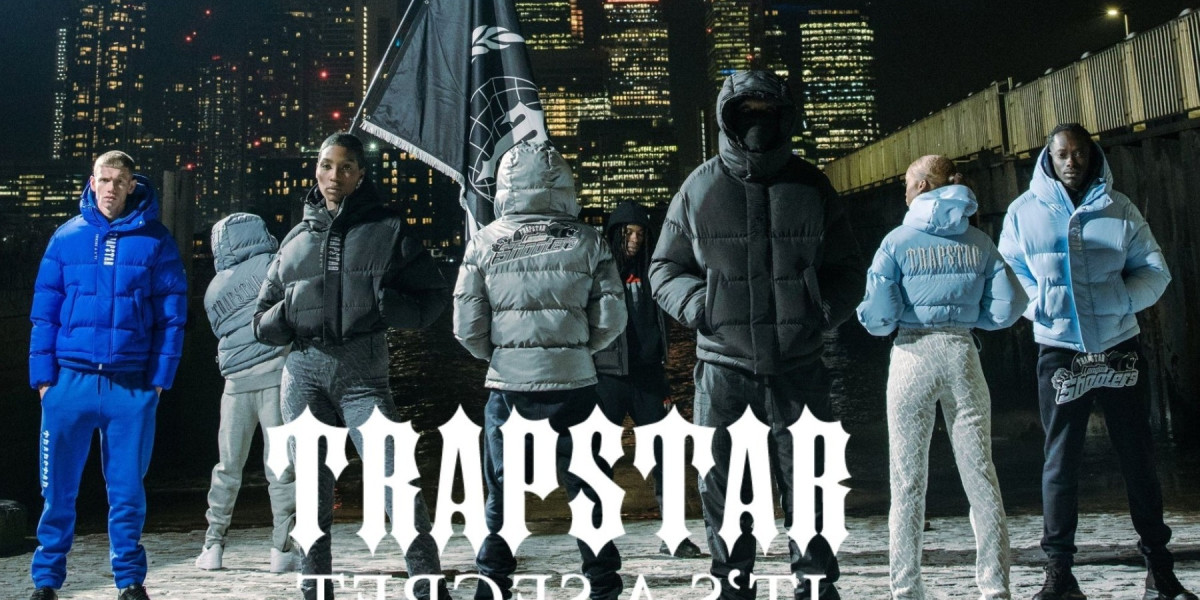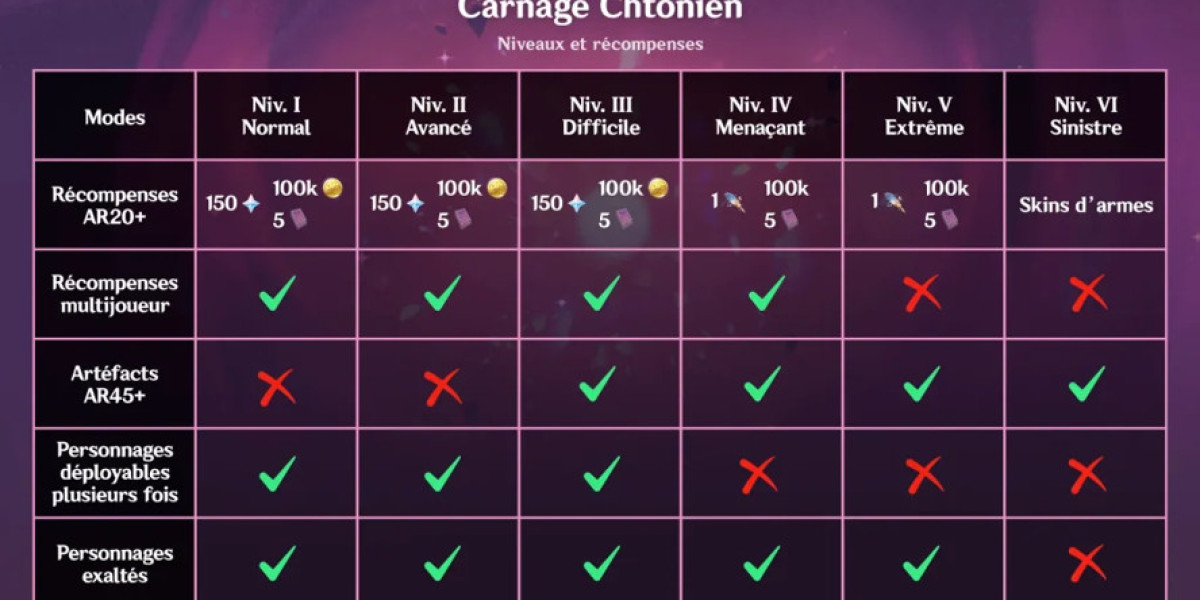Trapstar has become one of the most talked-about names in streetwear. It started in London and built a strong following through underground culture, music, and fashion. What once began as a small group of friends making custom pieces has now grown into a global name in the streetwear world. Known for its bold logos, raw aesthetic, and connection to music and youth culture, Trapstar is more than a clothing brand—it’s a movement.
This article takes a deep dive into Trapstar’s legacy, how it started, how it grew, and what makes it important in today’s fashion world. If you’re into streetwear or want to understand why Trapstar is so popular, this guide breaks it all down in simple terms.
From London Streets to Global Hype
Trapstar was born in West London in the early 2000s. The founders—Mike, Lee, and Will—started making T-shirts for fun, mainly for their close friends. They never planned to build a brand. But people started noticing their designs and asking for more. So they printed more tees and began selling them from their cars, in barber shops, and at local events.
This raw and direct way of selling helped build real connections with people. Trapstar wasn’t pushed by advertising—it grew because people wanted it. The name itself stood out. “Trapstar” comes from the idea of someone turning struggle into success. It connects deeply with inner-city youth and music culture, especially grime and rap.
Music Built the Buzz
Trapstar’s rise didn’t happen in silence. It had sound—loud, raw, and real. Grime artists, UK rappers, and even American stars wore trapstar in their music videos, on stage, and in public. Big names like Rihanna, Jay-Z, Stormzy, and Giggs have all worn the brand. These artists didn’t wear it because they were paid—they wore it because they connected with the message.
The mix of streetwear and music built Trapstar’s identity. It became more than fashion. It stood for a lifestyle—one of hustle, pride, and street culture. Every time an artist wore Trapstar, the message spread even more. This helped the brand gain trust and respect from fans who looked up to those artists.
The Message Behind the Logo
Trapstar’s main logo—“It’s A Secret”—speaks to the roots of the brand. In the beginning, the founders didn’t share much about what they were doing. The designs would change, drop suddenly, and vanish. There were no clear rules. That mystery helped the brand grow a cult following. People wanted to be in on the secret.
Other logos, like the Gothic-style Trapstar font, helped shape the visual identity. The brand’s look is raw, sharp, and built around street energy. Whether it's printed on jackets, hoodies, or tracksuits, the design stays loud but simple.
Drop Culture and Hype Releases
Trapstar doesn’t release products all the time shop now. Instead, it focuses on limited drops. These are small batches of clothing released at certain times. Fans have to act fast, or they miss out. This method builds hype and keeps the brand’s value high.
This drop system connects directly with how the brand started—low supply, high demand. When you wear a Trapstar piece, you're wearing something not everyone can get. That scarcity adds to the appeal.
Trapstar also uses pop-up stores, online releases, and surprise drops to keep fans alert. These events often sell out in minutes, proving how strong the fan base is.
Why Trapstar Matters in Streetwear
Trapstar didn’t follow trends—it created them. It spoke directly to people from the streets, those who didn’t always see themselves in high fashion. By mixing music, culture, and raw energy, Trapstar made a space of its own.
The brand matters because it brings real stories into fashion. It shows that success doesn’t always come from big budgets or fashion schools. Sometimes, it comes from printing tees in your living room and building something from the ground up.
This message connects with young people around the world. They see Trapstar and think, “That could be me.” And that’s powerful.
Trapstar and Celebrity Power
Celebrities didn’t just wear Trapstar—they helped push it to the world. One of the biggest moments came when Jay-Z wore a Trapstar jacket. Soon after, his company, Roc Nation, got involved with the brand. This move gave Trapstar global attention without changing its core style.
Rihanna has also worn Trapstar in multiple looks, including custom pieces. UK artists like Dave, Central Cee, and Headie One often wear Trapstar in their music videos and public events. These moments keep the brand fresh and relevant.
When fans see their favorite stars wearing Trapstar, it builds trust. They want to wear what their idols wear. But unlike luxury brands, Trapstar still keeps its street roots, which makes it even more relatable.
Inside the Trapstar Collections
Trapstar’s collections are built around jackets, hoodies, T-shirts, tracksuits, and accessories. The pieces often come in dark colors—black, grey, navy, olive—with bold prints and logos.
Some of the most popular items include:
Hyperdrive jackets
Chenille logo hoodies
Irongate T-shirts
Puffer coats with bold back prints
Matching sets (track pants + hoodies)
Each drop usually includes a small set of items. That makes every release feel important. Fans often line up or wait online just to get their hands on one.
The fit is made for comfort and impact. Oversized cuts, thick materials, and strong stitching give each item a street-ready edge.
Collabs That Turn Heads
Trapstar has teamed up with brands and artists for limited collaborations. These drops often sell out fast and become collector items.
Some major collabs include:
Trapstar x Puma: A mix of sportswear and streetwear
Trapstar x NBA: A capsule collection with team logos and Trapstar designs
Trapstar x Daily Paper: A union of two streetwear powerhouses
Each collab keeps the Trapstar look but adds something new. These projects show how the brand stays flexible while holding on to its roots.
Trapstar’s Impact on UK Fashion
Trapstar helped shape UK streetwear. Before brands like this, there weren’t many options that spoke to inner-city youth. High fashion felt too far away. Trapstar changed that.
It proved you don’t need a big company to make an impact. With the right mindset, message, and style, anyone can build something powerful.
Other UK brands like Corteiz and Benjart have followed in similar steps. But Trapstar opened the doors first. Its early success showed the world that London streetwear has something real to say.
What the Future Looks Like
Trapstar keeps growing. New drops, more fans, and deeper culture ties mean the brand still has a strong place in fashion. But it’s not just about clothes anymore.
Trapstar stands for self-belief. It’s about turning hard times into progress. The founders still stay close to the brand, making sure it doesn’t lose its original voice.
More collabs, events, and new designs are likely coming. But the core message stays the same: represent your roots, stay true, and wear your story.
Why People Still Choose Trapstar
There are many streetwear brands out there. But people still choose Trapstar because it stands for something real. It feels earned, not handed out. From the design to the drops to the energy, it all speaks to real life.
Trapstar isn’t just about fashion—it’s about identity. When someone puts on a Trapstar jacket or tee, they’re not just wearing a logo. They’re showing who they are, where they come from, and what they stand for.
Final Thoughts
Trapstar’s story shows what happens when real culture meets fashion. It started with a group of friends and a few printed tees. Now it’s a global streetwear leader. The brand didn’t grow through flashy ads or forced hype. It grew through real people, real music, and real hustle.
If you wear Trapstar, you’re part of that story. Whether it’s your first piece or your tenth, each item carries a message: power, pride, and progress.
From the streets of London to stages around the world, Trapstar continues to lead with energy that never fades.








